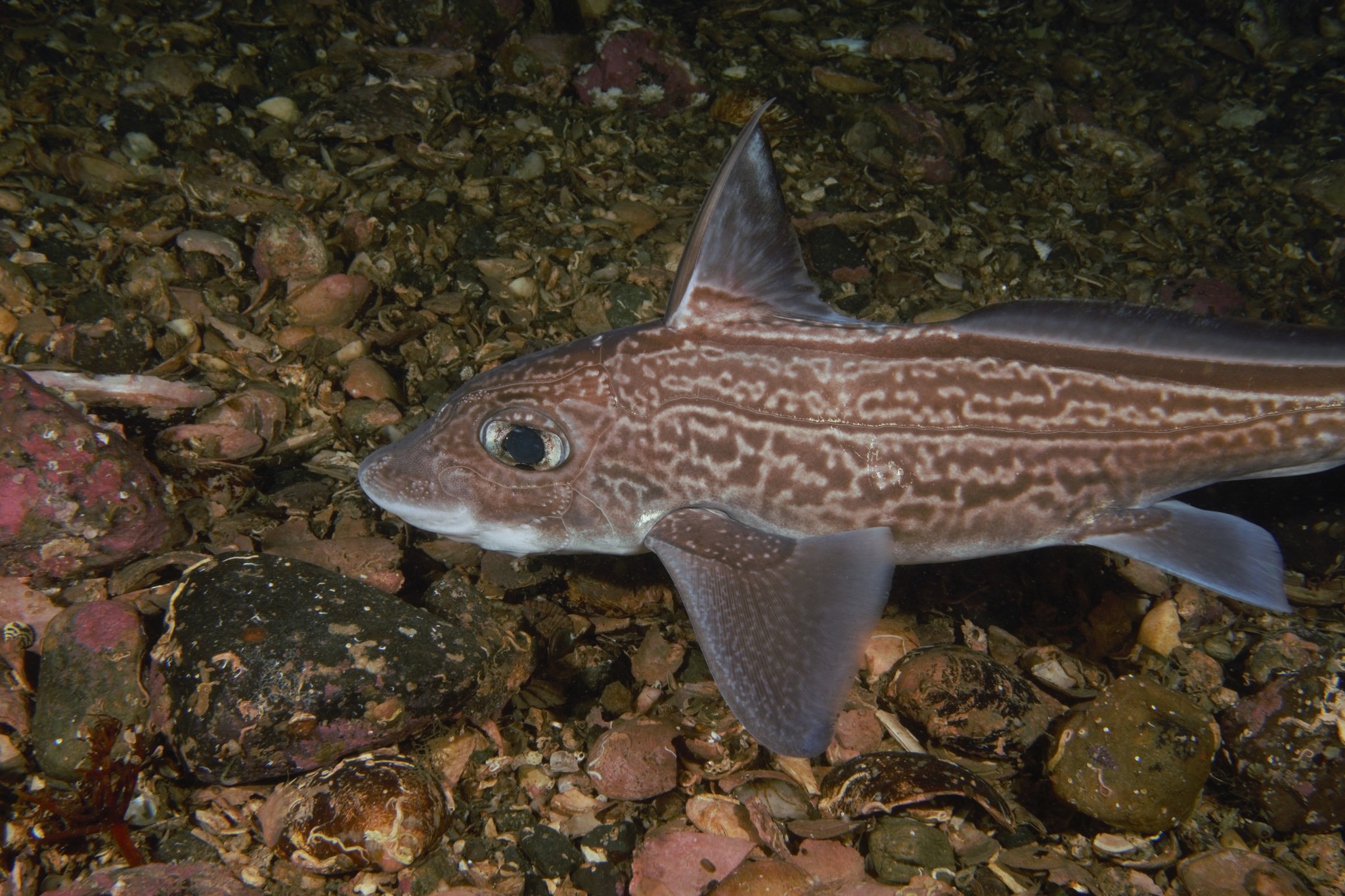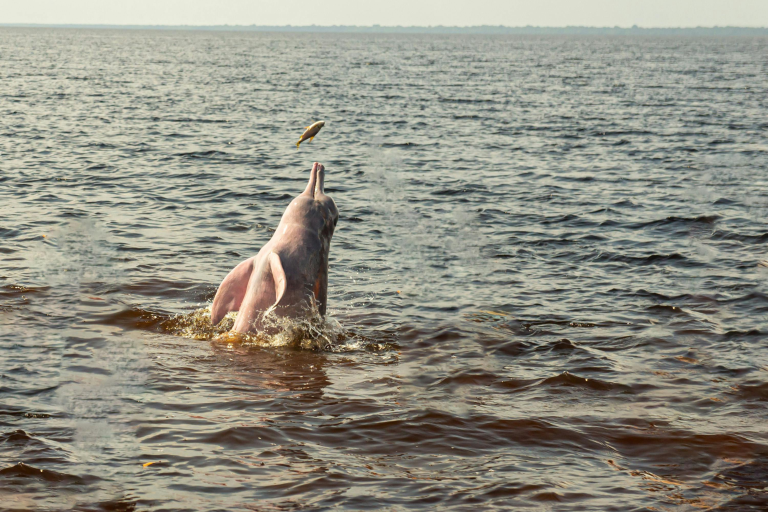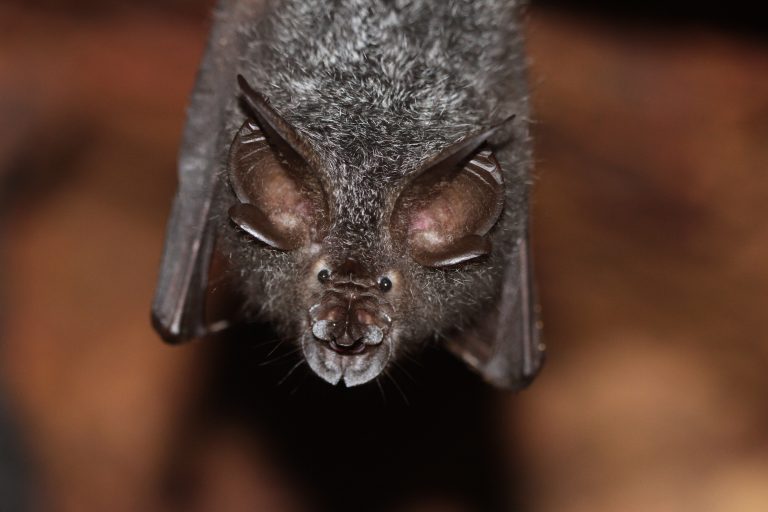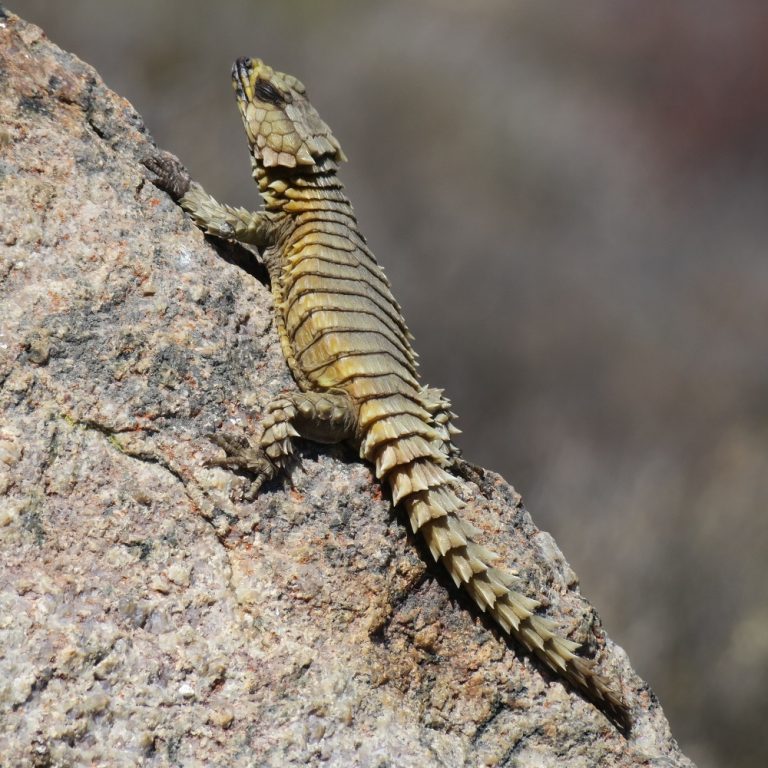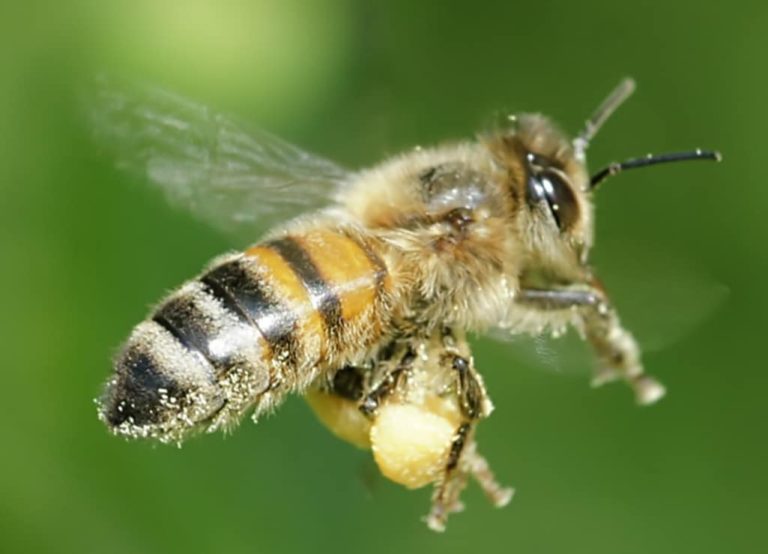Chimaera : The Ghost Shark of The Deep Sea
Imagine a fish with wing-like pectoral fins, eyes that glow, and swims as if it’s flying in the water.
Fascinating, isn’t it?
It’s the Chimera, also known as The Ghost Shark.
In this post, you will learn so many interesting facts about this deep-sea dweller.
What is The Ghost Shark?
The Chimaera is a genus of Cartilaginous fish that belongs to the family Chimaeridae.
The genus has over 20 species, and the type species is Chimaera monstrosa.

inaturalist
They are also called Ghost Sharks, Rabbitfish, and Ratfish.
They are not true sharks, even though they are closely related to sharks. Sharks and Chimaeras both belong to the class Chondrichthyes, along with other cartilaginous fish like rays and skates, but Chimaeras belong to the subclass Holocephali and Sharks belong to the subclass Elasmobranchii.
Physical Features
Chimaeras have elongated, cone-shaped bodies that range 0.5-2 meters in length.
Their skin is smooth and scaleless. You will get to know another interesting fact about their skin later on.
Chimaera hatchlings have few rows of denticles(small, tooth-like structures found on cartilaginous fish, also known as placoid scales), but they lose them as they grow.
Their entire skeleton consists of cartilage.
Their pectoral fins are large and like wings. Their pelvic fins are small. They also have two dorsal fins, a large triangular first dorsal fin and a smaller rectangular second dorsal fin.

Own work
Difference from True Sharks
The key physical differences between Ghost Sharks and Sharks lie in their gills, teeth, and skin.
Ghost sharks have a single gill opening covered with a flap, while Sharks have multiple gill openings.
Ghost sharks have six permanent tooth plates(more about that later) while Sharks have rows of replaceable teeth.
Finally, Ghost Sharks lack the skin scales(dermal denticles) the Sharks have.
Where Do Ghost Sharks Live?
So, what’s the native range of Ghost sharks? What kind of marine habitats do they occupy?
Let’s find out:
Native Range
Chimeras are found naturally in all major oceans, except the Arctic and Antarctic waters.
Habitats
They generally live 200-2600 meters(650-8500 feet) below the ocean surface.
They are commonly found near muddy bottoms of underwater ridges, continental shelves, and oceanic islands.
Chimeras are generally bathydemersal, meaning they live on or close to the ocean floor, and are oceanodromous, meaning they are capable of long-distance migration.
What Do Ghost Sharks Eat?
Let’s find out about what Ghost sharks’ diet consists of and how they go about finding their food.
Diet
Chimaeras are mostly benthic feeders. Benthic feeders are animals that consume food from or near the bottom of a water body.
So, chimaeras find their food from or near the ocean floor.
They are predators. Their diet consists of crustaceans like crabs and shrimps, mollusks like clams and snails, and many other types of marine invertebrates.
They are considered mesopredators, ranking in the middle of the food chain, unlike apex predators like Great White Sharks who rank on top.
Hunting Methods
Chimeras have organs called ampullae of Lorenzini on their snouts. These organs can detect electrical signals emitted by their prey, allowing them to find these invertebrates in the darkness of the deep ocean.
Their tooth plate allows them to crush the hard shells of organisms like clams and crabs.
Their teeth are adapted to biting off small pieces of the prey. They bite off specific parts of their prey, like the limbs of crabs or the arms of brittle stars, instead of swallowing them whole.
Fun Facts About The Chimaeras
Let’s look into some interesting facts that set these deep ocean dwellers apart.
Tooth Plates
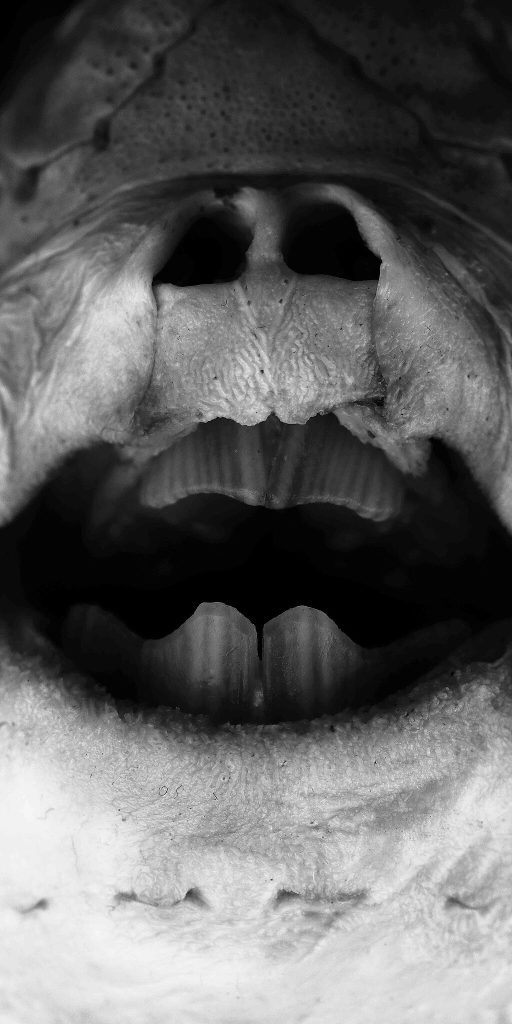
Own work
Chimeras have special teeth called tooth plates. Unlike regular teeth, they are big and flat.
The inside of a tooth plate consists of a soft material called osteodentin, while the outside is covered with a hard material called pleromin, which contains a mineral called whitlockite, which makes it very strong.
Chimaeras have six permanent tooth plates, arranged in three pairs, one pair in the lower jaw and two pairs in the upper jaw.
These tooth plates are very handy in crushing the hard shells of the mollusks, crustaceans, and other invertebrates Chimaeras prey on.
These tooth plates continue to grow throughout a Chimaera’s life.
Electroreception
Another unique feature of Chimaeras is their ability to detect electrical signals from their prey. This is called electroreception.
They have specialized organs for that, called ampullae of Lorenzini, in their snouts.
This helps them find prey in the dark depths of the ocean.
Venomous Spine
Many Chimaera species have a venomous spine on the front of their dorsal fin(the fin on the back).
This helps them protect themselves from predators, as they can sting potential predators with it and inject the venom into their bodies.
Reflective Eyes
The Ghost Shark’s eyes are special too.
They have a reflective layer behind the retina of the eye, called tapetum lucidum.
When light enters the eye of a Ghost Shark, passes the retina, and hits the tapetum lucidum, it gets reflected back into the retina.
This allows them to see in low light conditions of the deep ocean and gives their eyes a glowing appearance.
Unique Swimming Mechanism
Their large, wing-like pectoral fins allow them to swim in a special manner as if flying in the water.
The pectoral fins give them lift and thrust for efficient gliding through water, while their tails act as rudders for steering and balance.
Unique Digestive System
Chimaeras have very simple digestive tracts.
Their digestive tract is like a long, straight tube, with no stomach as such.
Inside that tube-like tract, there are spiral folds cold helicoidal structure. That helps mix the food they consume with digestive fluids efficiently.
This results in efficient digestion, allowing them to get nutrients from their food quickly without spending much energy on digestion. This comes in handy in the deep ocean, where food can be scarce.
Why Are They Called Gost Sharks?
Their nickname, Ghost Shark, is due to several reasons.
Their large and reflective eyes that give them a ghostly appearance are one.
The pale or translucent appearance of some Chimaera species is another.
The deep and dark waters they inhabit contribute to that too.
Another reason is the fact that they are rarely seen, which gives them an air of mystery.
The Importance of Ghost Sharks
So, how important are Ghost Sharks for the balance and longevity of their deep-sea habitats?
Ecological Role
Being predators, Ghost sharks help maintain healthy populations of invertebrates on and near the ocean floor.
Indicators of Biodiversity
As part of the deep-sea fauna and predators, Ghost Sharks act as indicators of biodiversity and overall health of deep-sea habitats.
Simply put, healthy populations of Ghost sharks indicate healthy populations of marine invertebrates and good deep-sea ecosystem conditions.
Learn more about indicator species here.
Threats to Chimaeras and Their Conservation
So, how are Chimaeras faring in the wild?
Let’s find out:
Conservation Status
No Chimaera species has been currently listed as endangered by the IUCN Red List.
However, four species are considered vulnerable, another four are near-threatened, and many are considered data-deficient due to a lack of information about them.
Threats to Their Survival
Being caught as bycatch during fishing activities is one of the major threats Chimeras face. Even though they are generally not targeted for fishing, they often get caught up in fishing gear intended for other fish and other marine animals.
Activities like deep-sea mining and trawling threaten their habitats.
Some near-shore species of Chimaeras are vulnerable to climate change impacts such as stronger storms and warmer waters.
Conservation Efforts
Governments are working on establishing better fishing regulations and rules to ensure that fisheries don’t harm Chimaera populations.
Also, more marine protected areas are being established, where fishing and other activities are limited or banned.
Conclusion
The Chimaera, also known as The Ghost Shark, is a genius of cartilaginous fish, containing over 20 species.
They are found in all major oceans except the Arctic and Antarctic and typically inhabit deep waters.
Their distinctive features include permanent tooth plates, reflective eyes, electroreception ability, scaleless skin, and large pectoral fins.
They are predators who prey on marine invertebrates like crustaceans and mollusks.
They are an important part of their deep-sea habitats, contributing to their balance and longevity through predator-prey relationships.
Activities like fisheries, deep-sea mining, and trawling pose a threat to their populations, and fishing regulations and protected marine areas are being established for their conservation.

